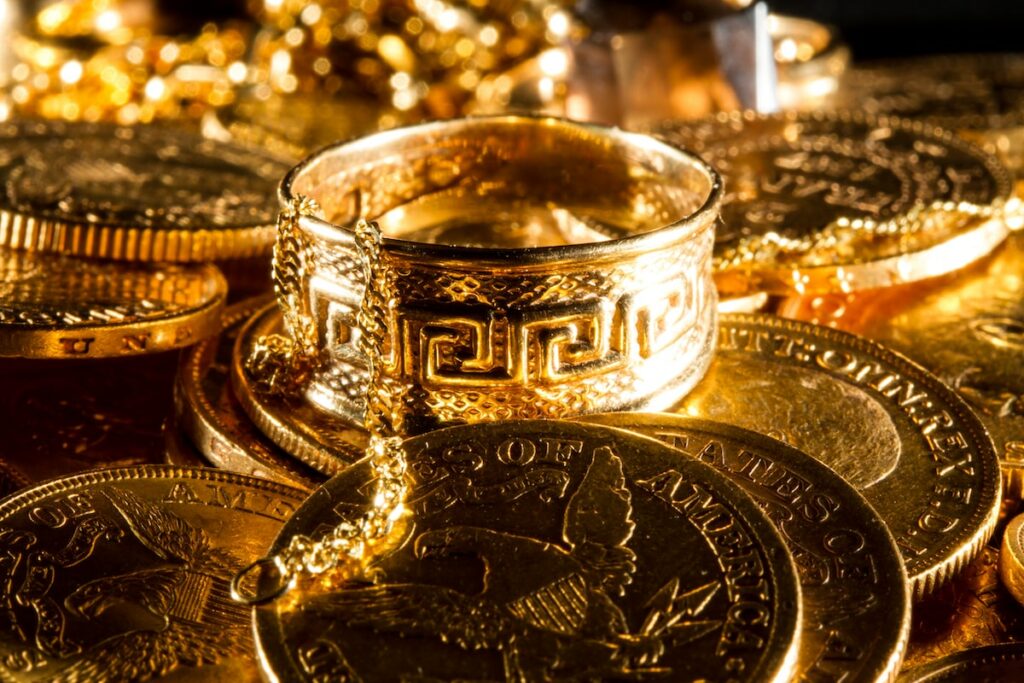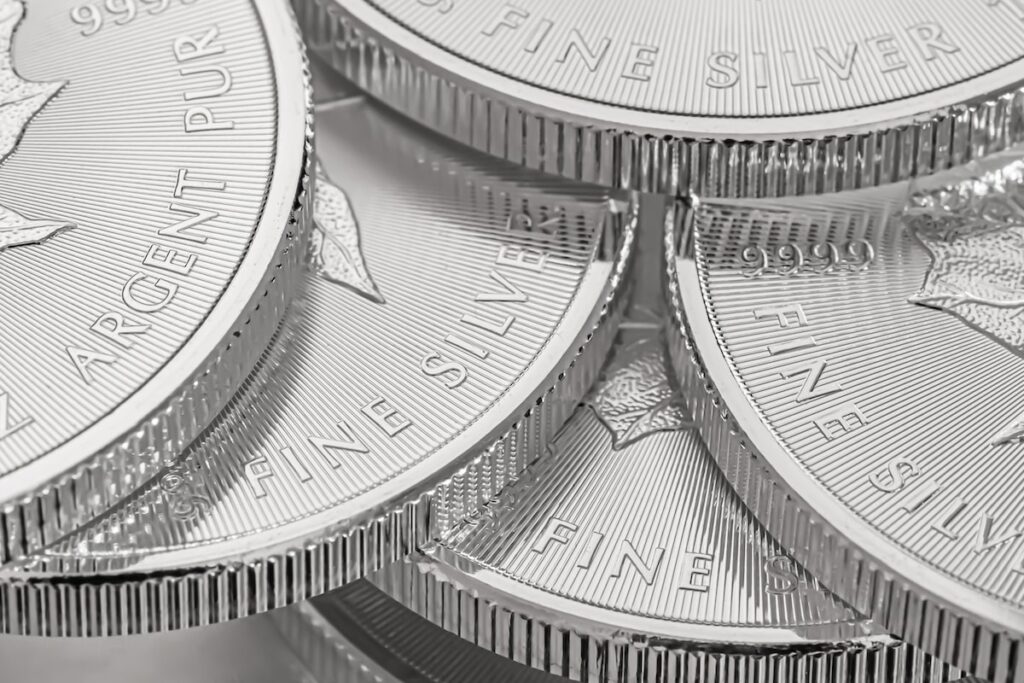In the realm of winterly wonders, few phenomena are as captivating as the ability of silver to melt ice effortlessly.
Picture a gleaming piece of silver gently placed upon a frosty surface, only to witness the ice rapidly vanishing before your eyes.
It’s a remarkable sight that leaves us with an intriguing question: What lies beneath the surface of this silvery enigma?
Delving into the captivating world of science, we journeyed to unravel the secrets behind silver’s ability to conquer ice, revealing a captivating tale of molecular forces, thermal conductivity, and hidden interactions.
Silver’s ability to melt ice can be attributed to its high thermal conductivity, which allows it to rapidly transfer heat to the ice, causing it to melt.
Join us as we dive deep into this frosty realm, seeking to understand the mesmerizing science that underlies silver’s frosty feats.
Heat Transfer Magic: Exploring Silver’s High Thermal Conductivity
When it comes to heat transfer, silver possesses a touch of magic.
Its exceptional thermal conductivity makes it a superstar in materials science.
Exploring silver’s high thermal conductivity unveils a fascinating world of efficient energy transfer and remarkable applications.
Thermal conductivity refers to a material’s ability to conduct heat.
In this realm, silver reigns supreme.
It stands out among other metals with one of the highest thermal conductivity values, surpassed only by materials like diamond and graphene.
This means that silver can rapidly and effectively transfer heat from one point to another.
The secret to silver’s heat transfer magic lies in its atomic structure.
The arrangement of silver atoms allows for the seamless movement of heat energy.
When heat is applied to silver, the atoms vibrate and easily pass the energy along.
This efficient heat transfer property makes silver ideal for applications where heat needs to be moved or dissipated quickly.
The high thermal conductivity of silver finds applications in various fields.
Silver is used in components like heat sinks and thermal interface materials in electronics to efficiently dissipate heat generated by electronic devices.
This helps prevent overheating and ensures optimal performance.
Silver’s heat transfer capabilities are also harnessed in renewable energy.
Silver is used in the conductive grid lines in solar panels that collect and transport electrical current.
Its high thermal conductivity helps dissipate heat generated by solar cells, maintaining their efficiency and prolonging their lifespan.
Moreover, silver’s heat transfer magic extends to everyday objects.
Silver coatings or layers can improve heat distribution and reduce energy consumption from cookware to thermal insulation materials.
Exploring silver’s high thermal conductivity unravels a world where heat flows effortlessly and efficiently.
Its magical ability to conduct heat opens doors to innovative solutions in electronics, energy, and everyday applications.
Embracing silver’s heat transfer magic allows us to optimize energy usage, enhance performance, and unlock new frontiers in materials science.
Unveiling Molecular Forces: Understanding the Interaction Between Silver and Ice
In the fascinating realm of molecular forces, the interaction between silver and ice unfolds as a captivating tale of attraction and transformation.
To understand why silver can melt ice, we must delve into the microscopic world of molecules and the forces that govern their behavior.
At the heart of this interaction lies a phenomenon known as adsorption, where the surface of silver attracts and holds onto water molecules present in the ice.
Silver’s crystalline structure and atomic arrangement create an environment conducive to this unique interaction.
The water molecules, which make up the ice, are drawn to the surface of the silver due to the attractive forces between the oxygen atoms in the water molecules and the silver atoms.
As a result, the ice begins to undergo a subtle transformation as the water molecules migrate from the solid ice structure to the silver’s surface.
However, this alone does not explain the ice-melting prowess of silver.
Another crucial factor comes into play: heat transfer.
Silver possesses exceptional thermal conductivity, meaning it efficiently conducts heat.
When silver is placed on ice, it rapidly absorbs heat from the surrounding environment and conducts it toward the point of contact with the ice.
This intense heat transfer leads to the localized melting of the ice in direct contact with the silver, creating a tiny pool of water.
The process continues as the heat spreads, causing a chain reaction that eventually leads to the complete melting of the ice beneath the silver.
Silver emerges as a powerful agent capable of melting ice with remarkable efficiency in the intricate dance between molecular forces and thermal conductivity.
By understanding the underlying interactions at the molecular level, scientists and researchers can uncover new insights into the broader realm of materials science and potentially apply this knowledge to develop innovative solutions for various practical applications.
The Hidden Dance: How Silver’s Surface Interactions Melt the Ice
Beneath the seemingly serene surface of the ice, a hidden dance occurs when silver enters the scene.
This intricate performance is fueled by the surface interactions between silver and ice, unraveling the mystery behind silver’s ability to melt this frozen substance.
At the molecular level, the silver’s surface plays a crucial role in this captivating phenomenon.
Silver possesses a unique property known as surface energy, which influences its interaction with surrounding substances.
When silver comes into contact with ice, its surface energy interacts with the water molecules in the ice, causing a fascinating chain of events to unfold.
Initially, the surface energy of silver disrupts the hydrogen bonds holding the water molecules together within the ice lattice.
This disruption weakens the ice structure, allowing the silver to infiltrate the surface layers of the ice.
As the silver infiltrates, it continues to interact with the water molecules, forming new bonds and altering the stability of the ice.
Furthermore, the presence of silver disrupts the balance of surface tension at the interface between the ice and air.
This disruption leads to a phenomenon called the Gibbs-Thomson effect, where the melting point of the ice decreases in the vicinity of the silver.
Essentially, the silver’s presence lowers the temperature at which the ice can remain solid, facilitating its melting.
As the dance between silver and ice progresses, the heat transfer capabilities of silver come into play.
Silver’s excellent thermal conductivity lets it absorb and distribute heat energy quickly.
Silver in contact with the ice draws heat from its surroundings, including the ice itself.
This rapid heat transfer further accelerates the melting process as the ice receives an influx of thermal energy, causing it to transition from a solid to a liquid state.
The hidden dance between silver and ice unveils the intricate interplay between surface interactions, surface energy, and heat transfer.
By deciphering this dance, scientists and researchers gain valuable insights into the fundamental principles of material science and thermal dynamics.
Moreover, understanding silver’s ice-melting capabilities can inspire innovative applications such as ice-melting technology, refrigeration systems, and thermal management.
Beyond Ice: Exploring the Versatility of Silver’s Frosty Feats
While silver’s ability to melt ice is remarkable, its frosty prowess extends far beyond this mesmerizing phenomenon.
The versatility of silver opens up a world of possibilities and applications beyond its interaction with ice.
Winter maintenance and safety are notable areas where silver’s frosty feats find application.
The high thermal conductivity of silver can be harnessed to create efficient ice-melting technologies.
For instance, silver-based coatings or additives can be incorporated into de-icing agents or road salt, enhancing their effectiveness and reducing the material needed to clear icy surfaces.
This improves the efficiency of ice removal and minimizes environmental impact.
Silver’s unique properties also make it a valuable component in refrigeration systems.
The exceptional thermal conductivity of silver allows for efficient heat transfer within these systems, contributing to their overall performance and energy efficiency.
By leveraging silver’s capabilities, refrigeration systems can achieve optimal cooling and maintain the desired temperature levels, whether it’s in household appliances or industrial applications.
Moreover, silver’s antimicrobial properties have garnered attention in the medical field.
Silver nanoparticles and silver-infused materials have been shown to exhibit antimicrobial effects, making them valuable in preventing the growth of bacteria and reducing the risk of infections.
Silver’s frosty feats extend to improving healthcare outcomes and maintaining a sterile environment from wound dressings to medical devices.
Beyond these practical applications, the versatility of silver sparks scientific curiosity and ongoing research.
Scientists continue to explore silver’s unique properties and investigate its potential in diverse fields, such as nanotechnology, electronics, and renewable energy.
As we delve deeper into the frosty feats of silver, we uncover a world of innovation and practicality.
The surprising science behind silver’s interactions extends far beyond melting ice, offering many possibilities for improving our lives, enhancing safety, and advancing technological frontiers.
Embracing the versatility of silver invites us to push the boundaries of what is possible and harness its frosty powers for a multitude of applications.




